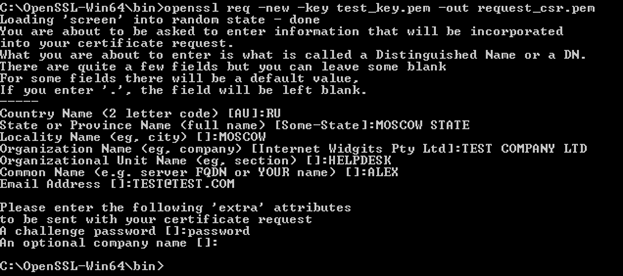Steps
- Application for connection.
All information required for connection — in one application - Access to the test environment.
Get access to the test environment and integrate under the supervision of S7 technicians - Hello world!
Set your software and make your first request! - Running your tests.
Test the S7 Agent API to prevent future problems - Signing of the contract of EDS.
Sign the contract electronically - Accessing the production area.
Complete integration and use the capabilities of the S7 Agent API 7 days after completing the application
Target period — 7 working days
Environment
Test
- Endpoint: https://qa-gaia.s7.ru/agent-api/gaia
- WSDL v0.21: https://qa-gaia.s7.ru/agent-api/wsdl/0.21?wsdl
- WSDL v0.29: https://qa-gaia.s7.ru/agent-api/wsdl/0.29?wsdl
- WSDL v0.34: https://qa-gaia.s7.ru/agent-api/wsdl/0.34?wsdl
- WSDL v0.35: https://qa-gaia.s7.ru/agent-api/wsdl/0.35?wsdl
Production
- Endpoint: https://api.s7.ru/agent-api/gaia
- WSDL v0.21: https://api.s7.ru/agent-api/wsdl/0.21?wsdl
- WSDL v0.35: https://api.s7.ru/agent-api/wsdl/0.35?wsdl
Step 1: Application for connection
Contact to manager for your region and request them for an application from at vm@s7.ru;
link to emails?
Fill the application form with link to your portal and send to S7 manager;
- S7 checks your form and initiate registration in our systems, include JIRA for communication with our technical support.
Step 2: Access to the test environment
1. Receive JIRA account credentials from S7;
2. Check your environment for OpenSSL and install additional software (required to create a request for SSL certificate):
Download the last binary version of OpenSSL at https://www.openssl.org/community/binaries.html and install software |
sudo apt install openssl |
No action is required — already included in OS |
3. Use command line (as administrator) to create private key:
You have to replace ${clientkey} into understandable name using your local naming policies.
|
4. Create request for SSL certificate:
Replace ${clientcsr} into used name on previous step; You have to replace ${clientkey} and ${clientcsr} into understandable name using your local naming policies.
|
5. Fill details of request for SSL certificate:
Mandatory:
No need to specify:
|
6. Create a new task with request of SSL certificate (request_csr) by JIRA
|
7. Receive credentials for test environment from our technical support:
|
8. Import SSL certificate and create key store file:
Export Password – password for key sore file which will be requested while importing into test software
|
Step 3: Hello world!
1. If you using test software build in browser you have to import keys (or check your software's documentation):
|
2. For a better experience, we prefer to use SoapUI for testing:
Download the last binary version of SoapUI at https://www.soapui.org/downloads/soapui.html and install software |
3. Open SoapUI and create a new SOAP project: SoapUI → File → Preferences → New SOAP project
- Open SoapUI and create a new project: SOAP project
Open — SoapUI > File > Preferences > SSL Setting
Specify the path to the file jks and choose «requires client authentication».
3. For better experience we prefer to use SoapUI for test:
3. For better experience we prefer to use SoapUI for test:
3. For better experience we prefer to use SoapUI for test:
3. For better experience we prefer to use SoapUI for test:
- Create request
- Set BA for request
- Set SSL for request
- Set header for version
- Send — Hello world!
Import to browser:
Mozilla Firefox > Menu > Preferences > Advanced > ViewCertificates > Your Certificates > Import > Выберите ${client}.p12
Google Chrome > Settings > Advanced Settings > HTTPS/SSL > Import > Выберите ${client}.p12
Step 4: Running your tests
- Check current versions available at test environment above
- Check API documentation
- Basic scenario
- We use actual schedule for flights but you may feel free for create bookings and issue tickets (but some minor discrepancies between test and production are still exist)
- No time limits for testing
- Give us feedback through your manager or technical support by JIRA
Step 5: Signing of the contract of EDS
- Ready to production environment? Notify your manager
- Катя?
- Check basic flow? Review? Prod monitoring?
- Create online new validator without transactions history?
Step 6: Accessing the production area
- create new certificate for production ()
- send to JIRA
- recieve new BA and SSL and access parameters from support
- use headers for actual and tested version
- Try to use read operations to check your first bookings and tickets that they are ok
- If you do not still sure ask our technical support by JIRA
If you still have any question, try to resolved it with FAQ, documentation or ask our technical support by JIRA or email at api.support@s7.ru |



